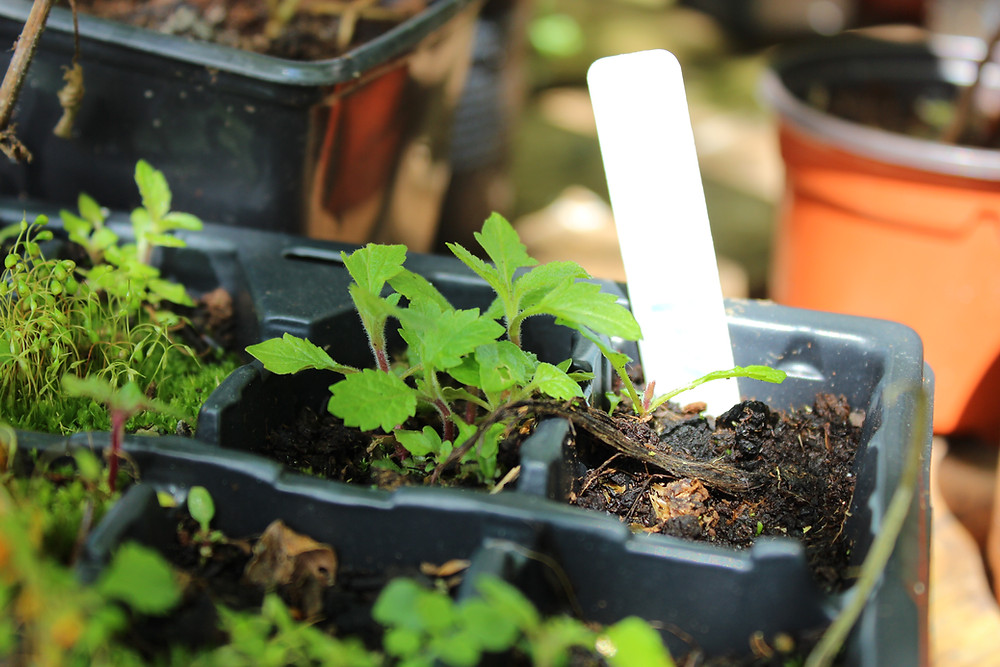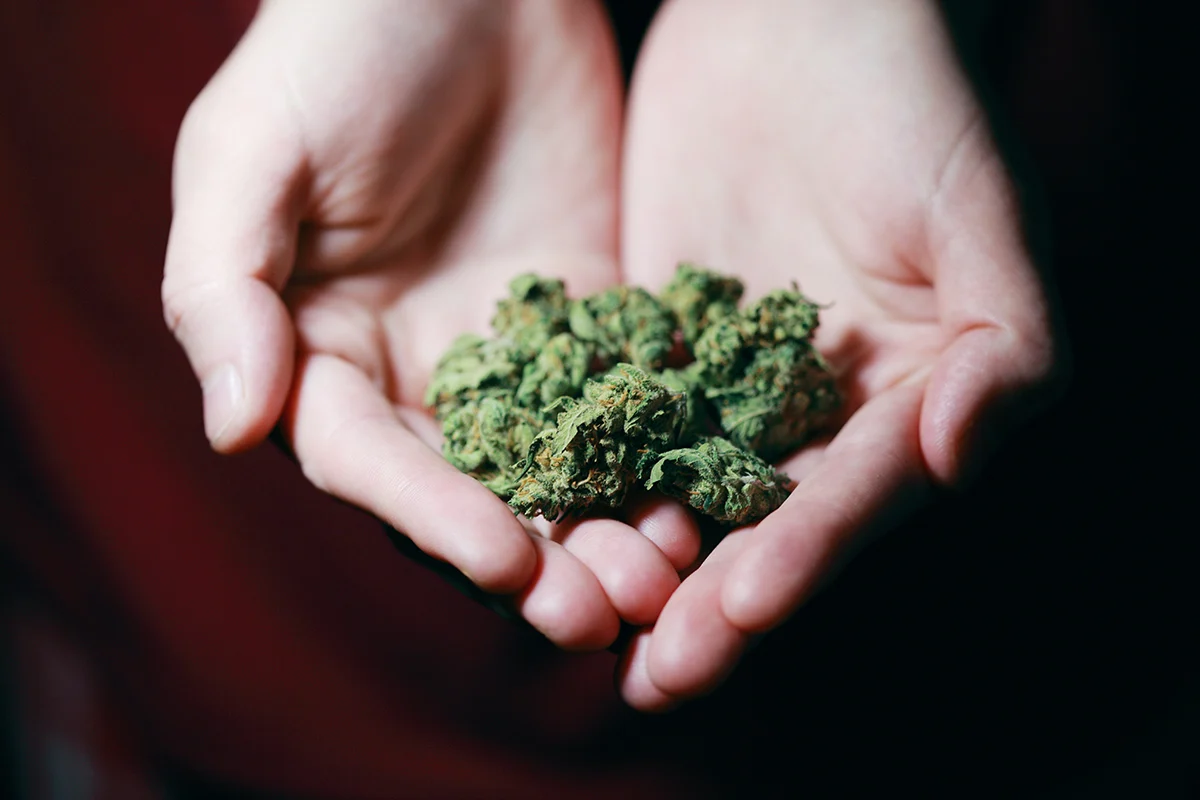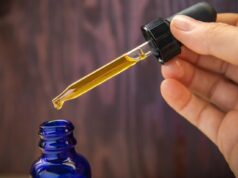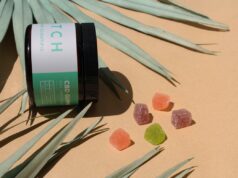With a more cautious approach, you can grow the perfect cannabis plant.
Cannabis plants can be grown in many ways, but one of the most popular methods is through hydroponics. However, if you are just starting out with growing your own cannabis plant, you should make sure that you do it with caution. There is a lot to know before jumping in, and it is important that you are well-informed. Here are some steps you can take to ensure that your cannabis plants will be healthy and safe. Start with a small starter plant first. Small plants are easier to nurture into life, and they will allow you to learn the proper steps for growing your cannabis plant with as little trouble as possible. If you are only growing a small plant, then you won’t need to worry about nutrients and proper care. Make sure that your hydroponics system is well-designed and used by professionals. If you want to grow cannabis plants well, then it is important that your system doesn’t have any leaks or weak spots that could cause contamination. Next, transplant your marijuana plant into a larger hydroponics system. If you have done the proper steps in the previous step, then all of your plants will be ready to go when you move from one system to another. Since you built up a base of knowledge, you will already know what needs to be done in order for the transfer to go smoothly.
Germination Terms You Should Know

Seeds are the most important part of a plant. They are the source of food. When you germinate them, they grow into plants that feed the world. But before you can grow plants, you need to know how to properly prepare your seeds for planting. If you want to start your own garden or if you just want to know more about gardening, this article is for you!
– Pre-soaked seeds: Seeds that have been soaked in water or a moist environment before planting them in soil. This process allows the seed to absorb water and nutrients from their surroundings and helps avoid rotting during storage or transport.
– Dirty seeds: Seeds that have not been pre-soaked. These seeds need to be cleaned before planting them in soil. This can be done manually with a toothbrush, or using a seed cleaner. If you decide to use a seed cleaner, make sure it is gentle enough for your seeds and doesn’t push them out of the bristles.
Types of Seed Starting Supplies You’ll Need
There are many types of seed starting supplies that you will need when starting your cannabis plants. These include a variety of different tools, such as pots and planters, fertilizers, nutrients, and more.
Seed Starting Supplies:
– Potting Soil: This is the substrate for your plants to germinate in. You can use soil from a garden or purchase potting mix from a local nursery. – Seed Starting Kit: This kit usually includes everything you need for seed starting except for the soil itself and the seeds themselves. It usually includes potting mix, pot or planter, fertilizer, starter solution or water soluble fertilizer (which helps with germination), a light source (either an LED light or fluorescent light), and sometimes even a thermometer!
– Seedling heat mat or starter cubes: This is to place your seeds on top so they can germinate at the right temperature. – Plant fertilizer: This is what you use to feed your plants and gardens. You can purchase it at a garden center or local nursery.
– Soil conditioner: This is to help improve the water retention of your soil.
The best cannabis seeds are those that grow to a certain height, have a good yield, and produce potent buds. There are many factors to consider when looking for the best cannabis seeds, but the most important is that they grow well and produce high-quality flowers. Obama Runtz Seeds are known for their quality and longevity.
How to Germinate Cannabis Seeds in 5 EASY Steps

Germinating cannabis seeds is a very important process. It can take a while before they sprout and grow into plants. But if you follow these simple steps, you will be able to germinate them in no time.
Step 1: Soak your seeds in water for 12 hours before planting them.
Step 2: Plant the soaked seeds in soil that has been moistened with water.
Step 3: Place the pot in a dark and warm location with indirect sunlight.
Step 4: Water the plant regularly until it starts to grow leaves and stems.
Step 5: Watch your plant grow!
The Best Way to Grow Marijuana in Your Home or Apartment
Growing marijuana is not as difficult as it sounds and there are a lot of ways to do it. But, like any other plant, you need a healthy environment that provides the right amount of light, water, and nutrients.
There are several factors that you should consider when deciding on the best cannabis grow light setup for your home or apartment. You have to consider how much space you have in your home or apartment as well as the type of plants you want to grow. The type of cannabis plants that you choose will also affect which grow light setup is best for your needs.
Tips on Growing Cannabis Outdoors

Indoor cannabis cultivation is the most popular form of cannabis cultivation. It is also the most efficient and safest way to do it.
Outdoor cannabis cultivation can be done in a variety of ways, but there are some important considerations to keep in mind before you start your outdoor marijuana crop.
Some of the factors that need to be taken into account when growing marijuana outdoors are:
– The quality of light and soil: Cannabis likes lots of direct sunlight and rich soil with plenty of nutrients.
– Considerations for temperature: Cannabis prefers a warmer climate than what we have in Canada where it can go from -10°C to 30°C.
– Considerations for soil drainage: Some cannabis varieties need dry, well drained soil while others prefer moist, well drained soil.
Why Do Some Plants Fail to Germinate?
There are many reasons why cannabis seeds fail to germinate. This includes the outside environment, seed quality, and the plant’s age. The outside environment is an important factor in germination success. The quality of soil and the temperature are two major factors related to cannabis seed germination success. Cannabis seeds do not survive well in cold temperatures, so they will not grow if the air or soil around them is very cold.

